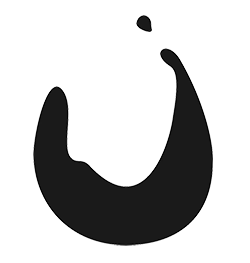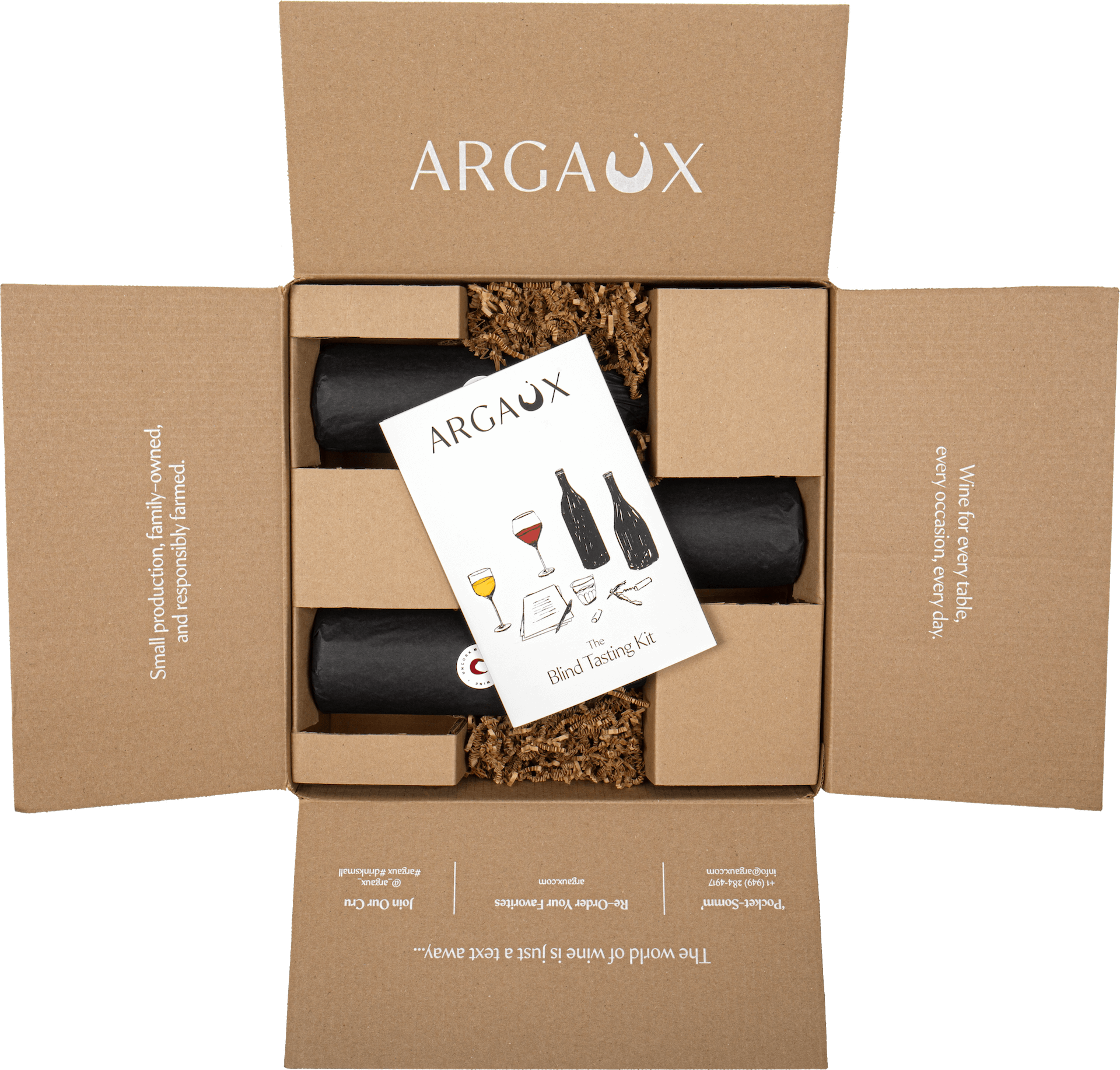Wine 101
Where to Start
The World of Wine
Entering the world of wine is entering an entire world of flavors and experiences. Whether you’ve already had a little training on wine or are starting from scratch, this simple guide will help you understand the basics.
The history of wine dates back to 7000 B.C.E., but it’s always started with grapes cultivated in vineyards, harvested at their peak, and fermented for months or even years. The type of grape, where it’s grown, and the weather during the growing season all affect the infinite flavors you can find in every glass.
Sommeliers are experts who study wine to understand the complex flavors on a deep level. Sommeliers can distinguish between thousands of varieties with just a sip.
But you don’t need to become an expert just to pick a bottle you’ll love. Your tastes are yours alone, and with a little wine knowledge, you’ll have everything you need to know to enjoy a bottle. We’ll cover the basics you should know to enjoy your next glass, whether you’re pairing it with food or enjoying it by itself.
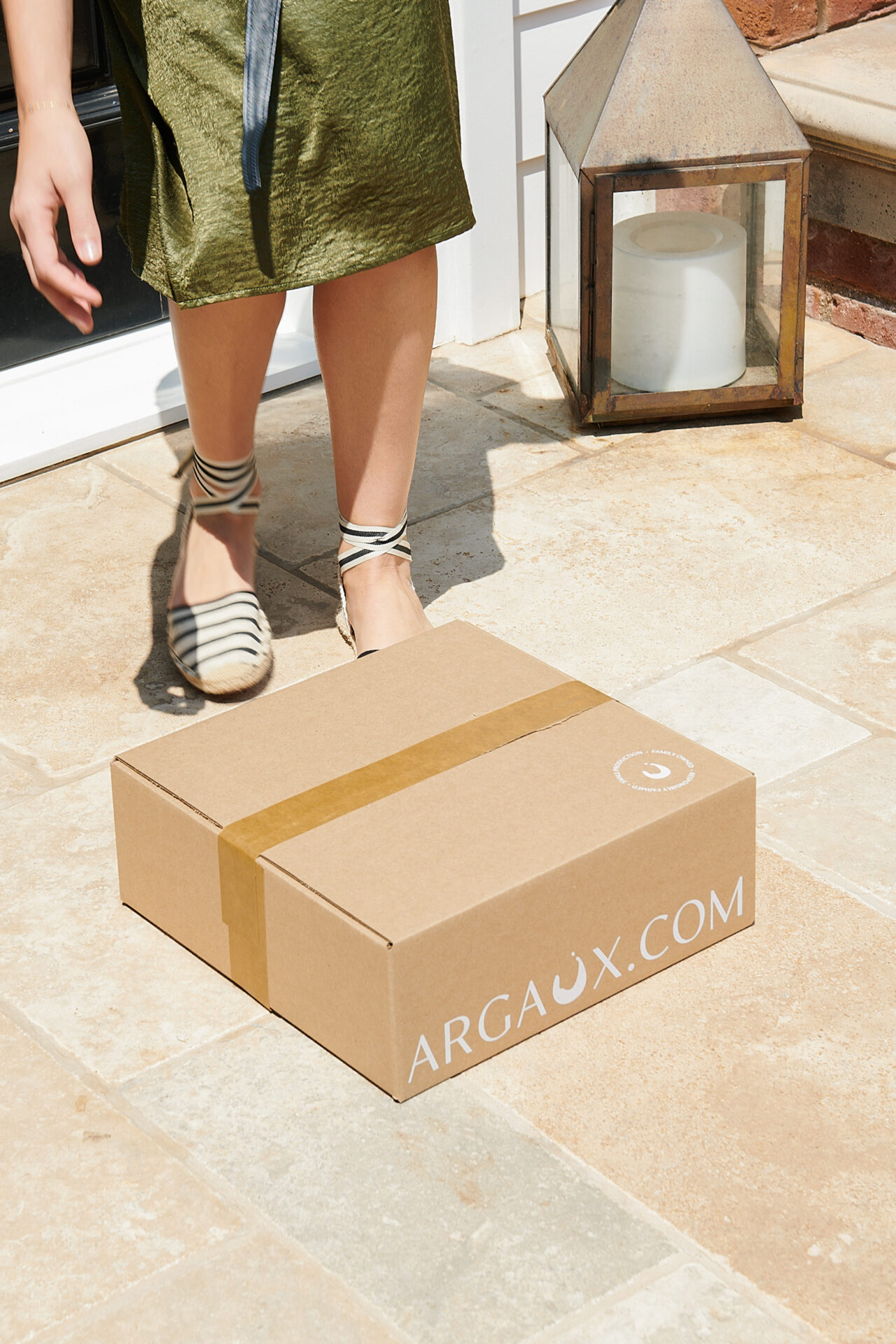
Wine 101 Tasting Kit For Beginners
The absolute best way to learn about (and enjoy) wine is to taste it— and to try new things! So, with a similar approach to our infamous blind tasting kit, we’ve created the Wine 101 beginner’s kit to encourage those who are looking for a place to start on their journey into the wine world.
Learning the Basics
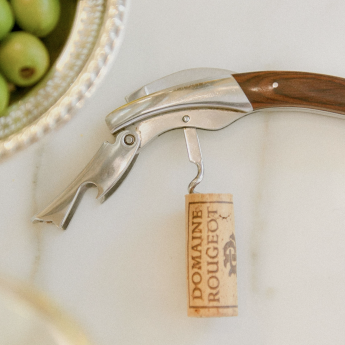
Old World, New World, and Regions
One of the most important factors in the flavor of a wine is where it’s grown. Today’s wines are usually divided between “Old World” and “New World” regions. European winemaking traditions developed in Old World countries like France and Italy, with many lending the name of their region to the wine itself, like Bordeaux, Burgandy, and Champagne. New World vineyards in regions like California and South America expand on and sometimes break from those traditions. Every region comes with a unique palette of flavors.
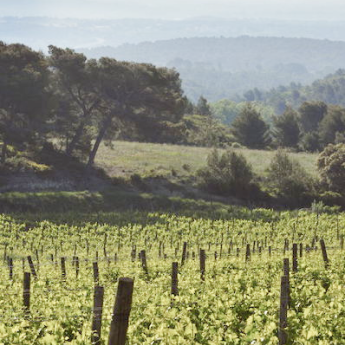
Grape Varietals and Vintages
Wine grapes are smaller, sweeter, juicier, and have thicker skin and more seeds than table grapes. And each of the thousands of varietals changes the wine dramatically. For example, reds and rosés come from black or red grapes, while orange and white wines come from green grapes. Some of the most popular varieties lend their name to popular wines like Pinot Noir or Cabernet sauvignon. And a major factor affecting how the grapes taste is the year they’re harvested and the wine is made, known as vintage. Wines can taste different from one year to the next based on the growing season.
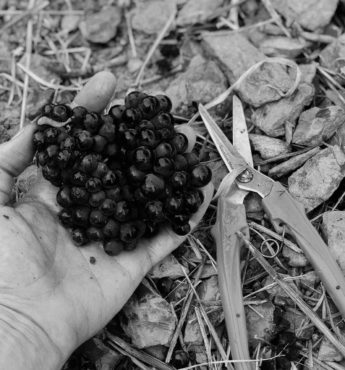
Understanding Tannins
Tannins are one the most important elements in a wine’s flavor—and also one of the most confusing to newcomers. Tannins are antioxidants that naturally occur in the skin, seeds, and stems of grapes, as well as in the wood barrels where wine is aged. Tannins have a slightly bitter taste that can make your mouth feel dry, but they’re also a source of a wine’s unique flavor palette and protect the wine during the long aging process.
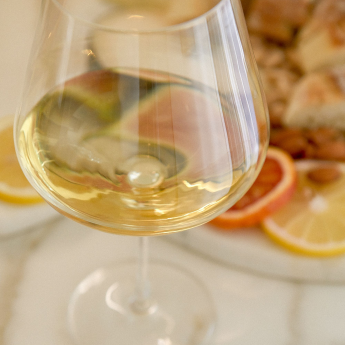
Wine Tasting Tips
You’ll hear sommeliers use a few terms when they describe wines. You can think of many of these terms like a spectrum with two ends, with all wines falling somewhere between. Sweet/dry: Sweet wines contain natural sugars leftover from the fermentation process, whereas dry wines have little to no sugar content. Light-bodied/full-bodied: A full-bodied or bold wine feels heavier in the mouth, whereas a light-bodied wine would have a weight closer to water. Tart/smooth: Tart wine has a tangy flavor, or acidity, while a smooth wine doesn’t have much or any acidity. Alongside these common terms, you’ll also hear about “notes” that use other flavors—like oak, citrus, vanilla, or blueberry—to describe certain flavors in the wine.

How to choose a bottle of wine
There’s no single way to choose a bottle of wine. But if you don’t know where to begin, here’s what we recommend. Start by deciding the style of wine you prefer, such as red or white. Then decide the flavors you want to try, such as sweet or dry, tart or smooth, or light-bodied or full-bodied. That’s all you need to choose a great bottle! To take it a step further—or taste new variations—you can choose a region, vineyard, varietal, and vintage. Over time, you’ll notice what you like. You can stick with your favorites or experiment with new flavors.
the argaux Difference
For us, wine is about food and bringing people together around a table. It’s about relationships and honest conversation. And when it comes to sourcing, we take the same approach.
We represent real wine, made by real people that take pride in their craft and are driven by quality and a sense of authenticity.
When it comes to choosing eco-conscious wines, lines can be blurry. We are not so much focused on what certification a winery might have, but the key elements they are practicing to conserve water, reduce energy consumption, eliminate the use of toxic pesticides and herbicides and promote biodiversity in their vineyards.
We are all searching for the right answer, and for us, the vineyard lays the groundwork and sets the expectation for cleaner winemaking, packaging, and transportation from the vineyard to your doorstep.
We pride ourselves on finding wines that aren’t at your average grocery store. Our goal is to open up the world of wine to our consumers by finding grapes, regions, or producers that are up and coming or hidden gems worth exploring.
How do I read a wine label?
Wine labels can be intimidating, but you only need to focus on a few pieces to understand what you’re buying. Most bottles will include the vintage (year), region, and varietal. Along with the brand, these three pieces of information will tell you the most important details.
At what temperature should I serve my wine?
In general, you’ll want to serve whites and rosés at 45–55°F (7–13°C), or 60-90 minutes in the refrigerator. For red wines, aim for a serving temperature of 55–65°F (13–18°C), or 30-60 minutes in the refrigerator.
How should I store my wine?
If you’re storing a bottle for a while, look for a cool, dark place with a stable temperature around 55°F (13°C). Store the bottle on its side, as it keeps the cork moist and prevents seepage.
How long does a bottle of wine last after I’ve opened it?
It depends on the wine, but we generally don’t recommend drinking an opened bottle of wine after two to five days—leaning towards the shorter end for high-quality, small-batch wines.
Do I need different glasses for different wines?
No, one all-purpose glass is perfect for all types of wine. Of course, you can buy as many types of glasses as you like, but it’s the wine that matters—not the glass.
Have a question? We would love to hear from you.
Ask A Question